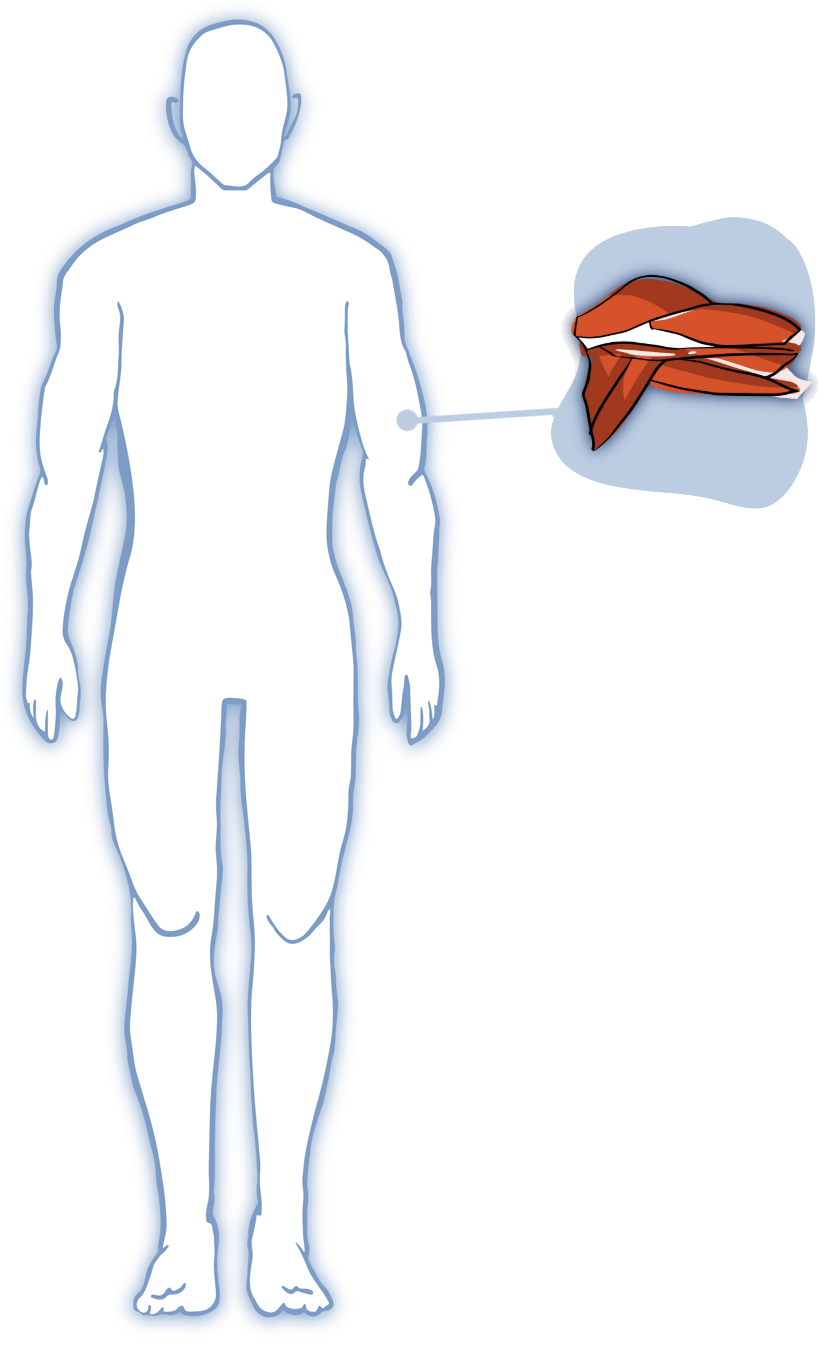Resources
Resources for partners, clinicians, investors, and healthcare professionals.
Skeletal Muscle & Wound Tissue Healing
By 2024, it is estimated that the world will spend $24.8 billion a year on wound healing. The wound care market is segmented into diabetic foot ulcers, pressure ulcers, surgical & traumatic wounds, venous leg ulcers, burns, and other wounds. Diabetic foot ulcers is the largest segment and indicative an urgent need for restorative therapies.
Between 4 and 10 percent of diabetics will get foot ulcers with 5 to 24 percent of those requiring amputation within 6 to 18 months of initial evaluation. According to the American Diabetes Association, a person loses a limb due to diabetes related complications every 30 second worldwide.
Despite recent progress in the field of skeletal muscle regeneration and wound healing, major unmet clinical needs persist, such as the treatment of chronic wounds, especially in diabetic, elderly and/or obese patients, and the prevention of excessive scarring and restoration of functional tissue particularly in severe wounds (e.g. combat and industrial injuries).
Our genetic and genomic studies showed that NELL1 stimulates skeletal muscle re-growth during wound healing. Although tissue repair and regeneration involve various processes, current products/approaches often address only one or a few of the components of the healing process. More than two decades of work on NELL1 biology provide compelling evidence that NELL1 targets numerous key aspects of tissue formation and maturation: i) regulation of inflammation, ii) cell proliferation and differentiation, iii) angiogenesis and vasculogenesis (blood vessel formation), iv) proliferation and differentiation of mesenchymal and perivascular stem cells as well as v) extracellular matrix (ECM) formation.
During development of tissue, NELL1 is essential for the production of ECM components such as tenascins, collagens and proteoglycans, which are necessary for muscle formation and maintenance, as well as wound healing in adults. Proper ECM-cell interactions are crucial throughout the main stages of wound healing (i.e. inflammation, repair/proliferative phase and remodeling) by providing the architectural framework and signals for cell adhesion, migration, proliferation, differentiation and apoptosis.
We have shown that NELL1 is important in the ECM formation and interactions post-injury...
…as well as that NELL1 facilitates healing in severe leg muscle excision wounds in diabetic mice models, also showing an increase in blood vessel formation and muscle cell regeneration (unpublished). In rat severe abdominal wound studies, NELL1 increased contractile tissue, nerve cell and blood vessel formation, enhanced reconstructive remodeling, and restoration of muscle function, while showing no adverse immune or toxic responses. In horse injury studies, NELL1-treated wounds healed faster than untreated wounds (unpublished).
Related to tissue healing, NELL1 has been shown to reduce the number of sunburned cells in a UV-induced 3D human skin model through balancing the immune response to the sunburn.
REFERENCES
Active research continues in establishing NELL1 efficacy as a regenerative wound healing therapy.




